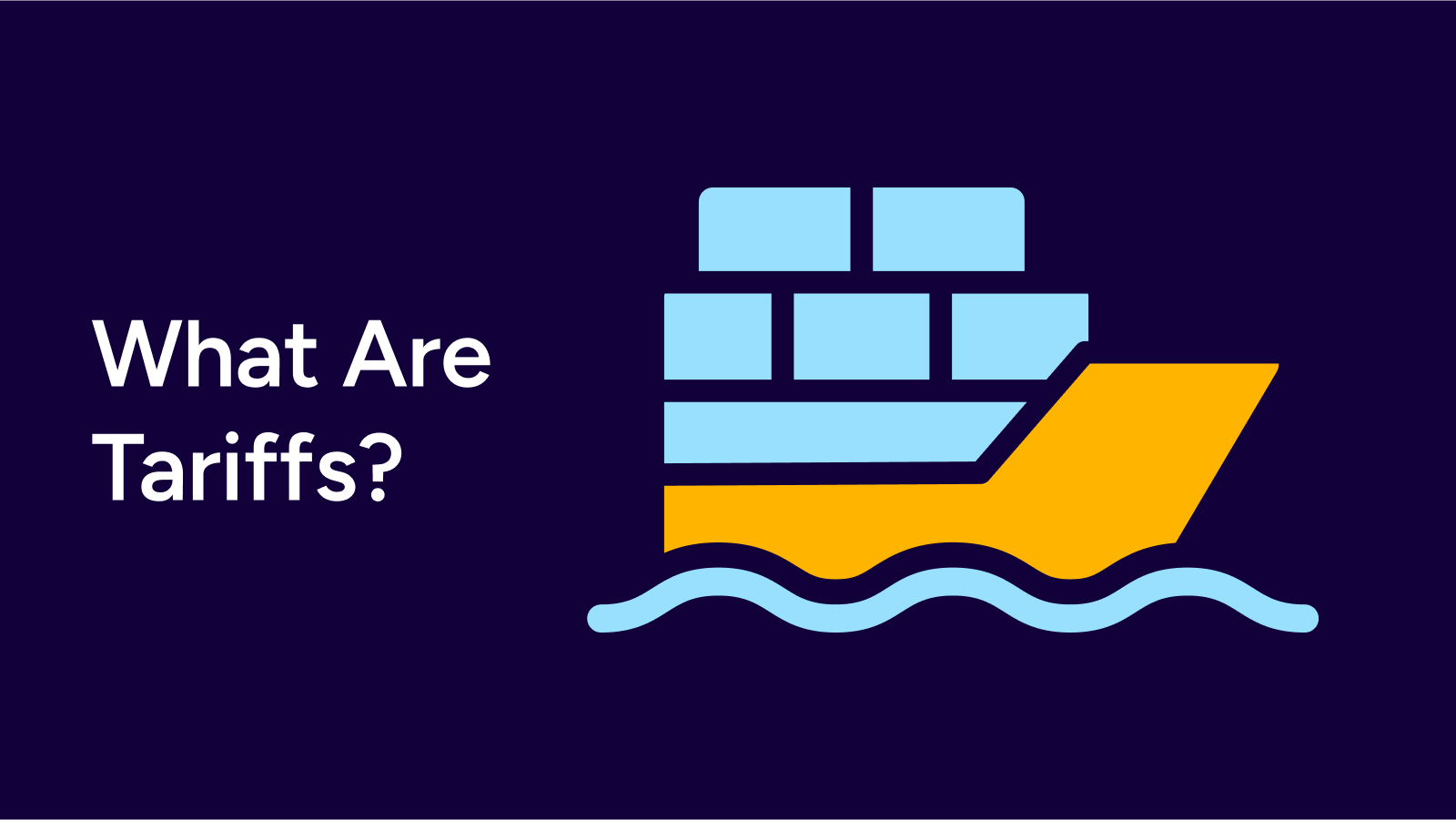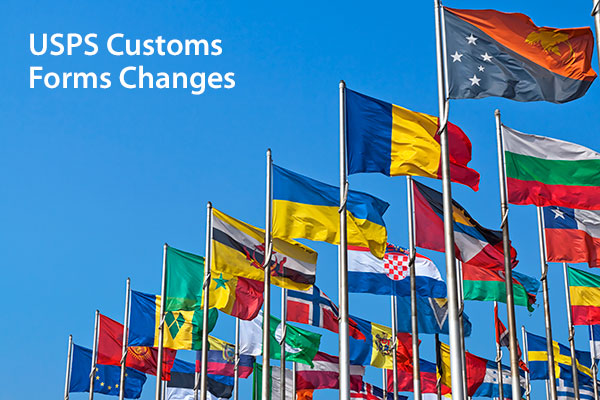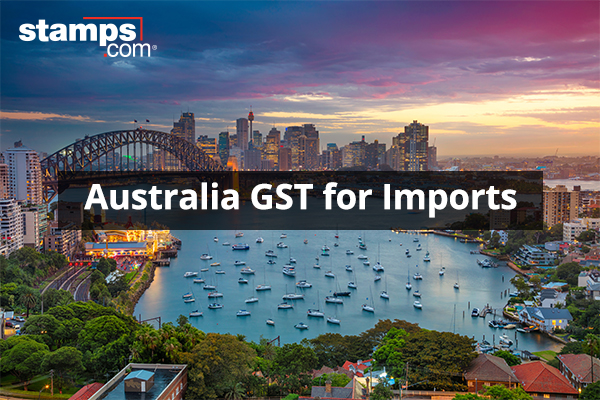Cross-border Shipping: Tariffs, Duties, and De Minimis Thresholds
Recent changes to U.S. tariffs are reshaping the landscape of cross-border shipping, impacting both the cost and compliance requirements for businesses involved in international trade. We’re monitoring these developments closely to understand how they affect duties, de minimis thresholds, and broader logistics. For the most up-to-date and official information, we recommend referring to the White […]
USPS Changes Customs Form Acceptance
Unless you’re dropping a shipment off at the Post Office retail counter, customs declaration forms (AKA customs forms) for packages being sent internationally through USPS must now be completed and submitted online. In other words, no more filling out these forms by hand without making a trip to the Post Office. According to a recent […]
Australia Changes GST Laws for Imports Under A$1,000
International e-commerce sellers that ship products to Australia should be aware of a new tax starting July 1, 2018. The Australia Goods and Services Tax (GST) is a 10% fee that the Australian government adds to all goods and services being imported into Australia. The GST is meant to help protect Australian businesses from cheaper […]


